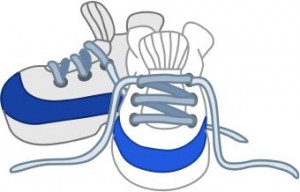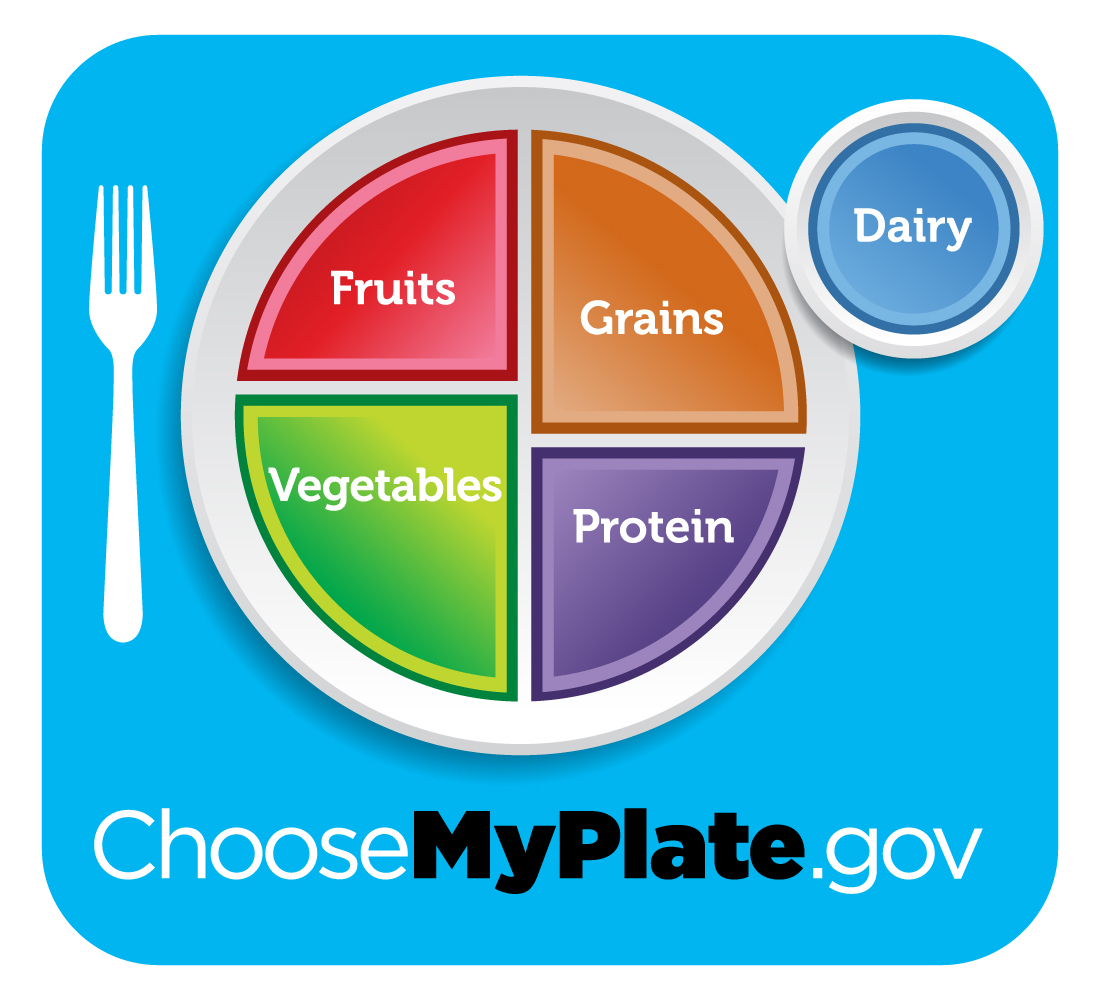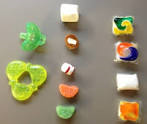by Marie Arick | Mar 15, 2016

Earth Day is honored around the world on April 22, with many festivals, activities and events being held in in the weeks prior. April 22 marks Earth Day. Help build a better future and preserve Mother Earth by committing to protect our environment year-round.
The origin of Earth Day is linked to the 1969 Santa Barbara, California oil spill. Wisconsin Senator, Gaylord Nelson, envisioned protecting the nation’s environment after the massive oil spill in California. This led to a movement to increase awareness of environmental pollution. Nelson, partnered with Congressman Pete McCloskey and Denis Hayes of Harvard University to put the Earth Day plan in motion. Earth Day, April 22, 1970 was the catalyst to increase environmental awareness and led to the establishment of the Environmental Protection Agency (EPA). Hayes further expanded the Earth Day movement in 1990 into a global event.
Why do we need an Earth Day? Because it works! Earth Day broadens the base of support for environmental programs, rekindles public commitment and builds community activism around the world through a broad range of events and activities.
What can I do for Earth Day? The possibilities for getting involved are endless! Volunteer. Change a habit. Plant a garden. Do something nice for the Earth. April 22 marks Earth Day. Mark your calendar to attend an event or do something positive to preserve your little piece of Mother Earth.
A few Earth Day Events
Earth Day Bay County, April 9, 2016 10 am to 4 pm at McKenzie Park. The University of Florida’s Museum of Natural History will host an Earth Day Exploration on Saturday, April 16, 2016 from 10 am to 3 pm. Earth Day Pensacola, April 23, 2016 10 am to 4 pm. .
by Marie Arick | Feb 10, 2016
 “Walking is man’s best medicine.” The ground breaking physician Hippocrates, said this around 300 BC. It’s amazing that this still applies today. Walking is one of the easiest exercises that the majority of Americans can perform. So what does it take? Not much – just the personal incentive to get started. Requirements are comfortable shoes and your choice of the place to walk. This can be the local school track, a park, your neighborhood, or even within your own home.
“Walking is man’s best medicine.” The ground breaking physician Hippocrates, said this around 300 BC. It’s amazing that this still applies today. Walking is one of the easiest exercises that the majority of Americans can perform. So what does it take? Not much – just the personal incentive to get started. Requirements are comfortable shoes and your choice of the place to walk. This can be the local school track, a park, your neighborhood, or even within your own home.
The current recommendation is 10,000 steps per day which equates to about 5 miles per day. This is the mission of the US Surgeon General, Vice Admiral Vivek Murthy, and the Shape Up America! campaign (http://shapeup.org/10000-steps/). If you are a couch potato and are just starting out, you can simply time yourself and see how long you can walk before you get tired. Once you have established that amount of time, challenge yourself to walk for a longer time or distance. If you want to get technical, download a free app for your cell phone such as Map My Walk (www.mapmywalk.com/app/ ) or purchase an inexpensive pedometer to count your daily steps and then begin to challenge yourself to exceed that number each day. Every extra effort counts!
Hippocrates realized the need for exercise long before our modern day physicians ever began their studies. Some things are just that simple, so slip on those comfortable shoes and take a walk!


by Marie Arick | Oct 2, 2015
![myplate_blue[1]](https://nwdistrict.ifas.ufl.edu/fcs/files/2015/10/myplate_blue1-150x150.jpg) The numbers are in and, according to the Centers for Disease Control and Prevention (CDC), 20% or more of the United States adult population is obese in each state. This data was collected during the Behavioral Risk Factor Surveillance System that involves health-related telephone surveys. It has long been discussed in our society that obesity is a growing concern for our population. Many initiatives have been developed to address this issue, such as MyPlate and First Lady Michelle Obama’s Let’s Move! Yet, we still fail to take this to heart.
The numbers are in and, according to the Centers for Disease Control and Prevention (CDC), 20% or more of the United States adult population is obese in each state. This data was collected during the Behavioral Risk Factor Surveillance System that involves health-related telephone surveys. It has long been discussed in our society that obesity is a growing concern for our population. Many initiatives have been developed to address this issue, such as MyPlate and First Lady Michelle Obama’s Let’s Move! Yet, we still fail to take this to heart.
Obesity has been linked to cancer, heart disease, diabetes, and hypertension. All of these can be linked to premature death. And yet, we still pick up those forks and stay off our feet. Even worse, we set a poor example for our children. Many people operate under the assumption that “it does not apply to me,” but it does. The definition of obesity is having a body mass index (BMI) of 30 or higher. The BMI is calculated using your weight in kilograms and dividing this by your height in meters squared. Thankfully, the CDC is one of many sources that has a BMI calculator online to make it simple. The first step is to determine your BMI using one of these calculators, and then to understand what that number represents. The following chart from the CDC explains the results for adults.
The standard weight status categories associated with BMI ranges for adults are shown in the following table:
BMI Weight Status
Below 18.5 Underweight
18.5 – 24.9 Normal or Healthy Weight
25.0 – 29.9 Overweight
30.0 and Above Obese
Next, take this information and act on it. If you have health concerns, see your physician. If you are sedentary, start taking a daily walk or bike ride. Review your personal eating habits and compare it to the MyPlate healthy eating guidelines. MyPlate has online tools that can make meal planning easy and help you track your calories and exercise. Can you make some small changes to improve your dietary intake? Small steps can lead to big changes over time. Modeling these behaviors can not only improve your health and well-being, but the positive changes can impact your children or loved ones as well. Share your goals and seek the support of friends and family. Most importantly, teens and children’s BMI results are interpreted differently. Talk with your child’s physician regarding any weight concerns and dietary guidelines.
Take care of yourself today, set a positive example for those you care about, and put the fork down and get on your feet!

by Marie Arick | Aug 24, 2015
 Consumer Reports recently pulled their previous endorsement for laundry detergent pods in light of the potential poisoning hazard for young children. Just to be clear, this is only the laundry pods that contain the highly concentrated liquid detergent, not pods containing powdered detergent. Although these laundry pods are quickly accessed, pre-measured, use less packaging, and are just simple to use, they ultimately are not worth the lives of children. Ariana Eunjung Cha of The Washington Post recently highlighted this excerpt from Consumer Reports:
Consumer Reports recently pulled their previous endorsement for laundry detergent pods in light of the potential poisoning hazard for young children. Just to be clear, this is only the laundry pods that contain the highly concentrated liquid detergent, not pods containing powdered detergent. Although these laundry pods are quickly accessed, pre-measured, use less packaging, and are just simple to use, they ultimately are not worth the lives of children. Ariana Eunjung Cha of The Washington Post recently highlighted this excerpt from Consumer Reports:
‘When curious kids find their way into regular liquid laundry detergent, the result is often nothing worse than an upset stomach. Laundry detergent pods are presenting more serious symptoms. Along with vomiting, lethargy, and delirium, some victims have stopped breathing.’
Additionally, two children have died from ingesting a concentrated laundry detergent from a pod. Cha also noted “Last year, 11,714 reports of incidents involving kids aged 5 and younger and laundry detergent pods were reported to poison control centers nationwide. In the first six months of this year, there were more than 6,000.” This is a truly alarming fact that the numbers continue to rise. The Children’s Hospital Los Angeles posted this list on their blog:
Helpful Tips for Safety at Home
Tip 1: Cleaning materials should always be stored out of the reach of children and pets.
Tip 2: Install child-proof latches on under-sink cabinets in the kitchen and bathroom. Even if cleaning materials are no longer stored there, chemical smells may linger and could be dangerous to a child if they play under sinks.
Tip 3: Store laundry products on high shelves because many detergents can cause rashes or itching on a child’s sensitive skin.
Tip 4: Never leave a bottle or container of cleaning supplies open and unattended. Always close and put away the cleaning supplies if you are interrupted. You do not want any temptation sitting around that may harm your child.
Tip 5: When cleaning, take only the proper amount you need from the container, seal the container back up, and store the container away immediately. Use the proper equipment for handling the cleaning supply material, as recommended on the label. If the label says “Wear protective gear, gloves, or goggles,” do so to reduce harm to yourself and family.
Tip 6: When you are done cleaning, properly dispose of paper towels and rags that have come in contact with the cleaning chemicals.
Tip 7: Keep a list of emergency telephone numbers. Many cleaning products and chemicals have instructions on what to do if the product is used incorrectly, resulting in an emergency. Create and keep a first-aid kit that includes emergency-wash liquids. In the first-aid kid, keep a list of telephone numbers for:
- National Poison Control, 1-800-222-1222
- The nearest hospital
- A local ambulance service
- Your family doctor
The American Cleaning Institute urges consumers to “Pledge Now to be the KEY to a safe laundry room and routine!” Click here to take the pledge and for helpful tips for keeping your family safe.
Remember, treat all household cleaning items with care and always err on the side of caution. Look at the product you are purchasing and be aware of potential dangers. Review the warning labels and store in secured areas per label instructions. Always keep in mind: manufacturers use a product label to draw our attention to their product and this, however unintended, applies to children as well! Be diligent in keeping children safe. Personal convenience will never be more important than the life of a child.





![myplate_blue[1]](https://nwdistrict.ifas.ufl.edu/fcs/files/2015/10/myplate_blue1-150x150.jpg)
